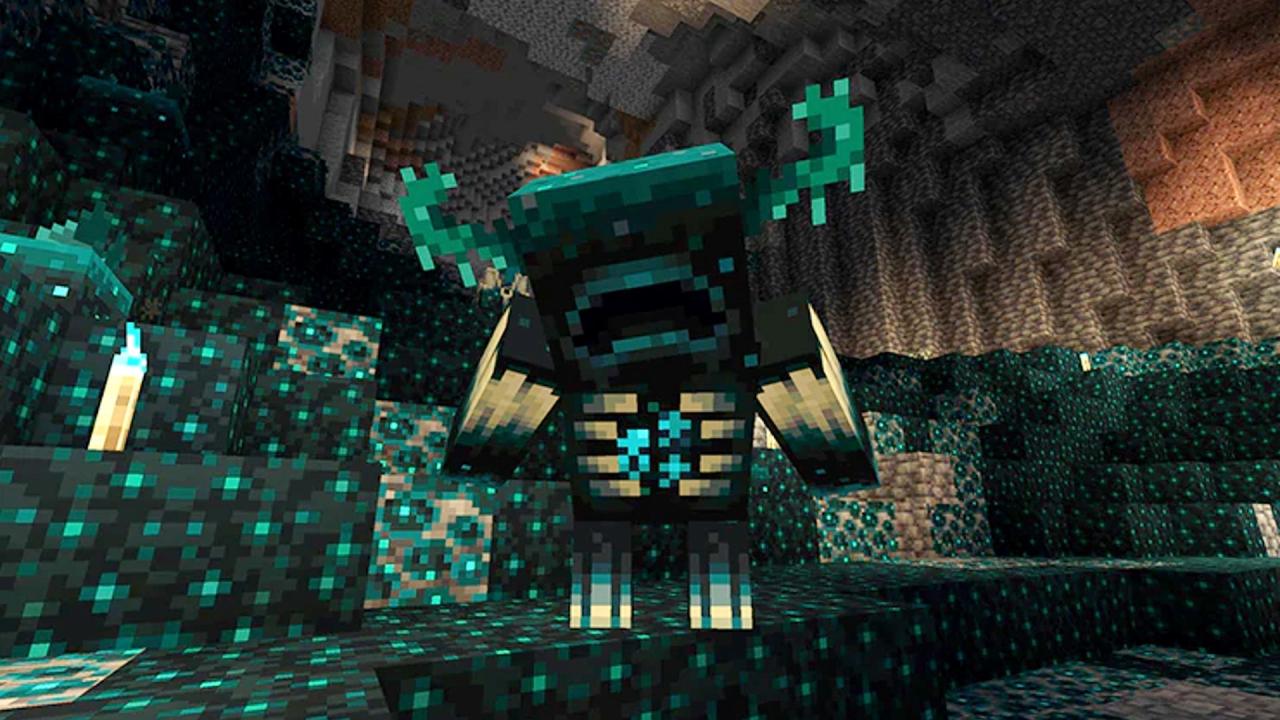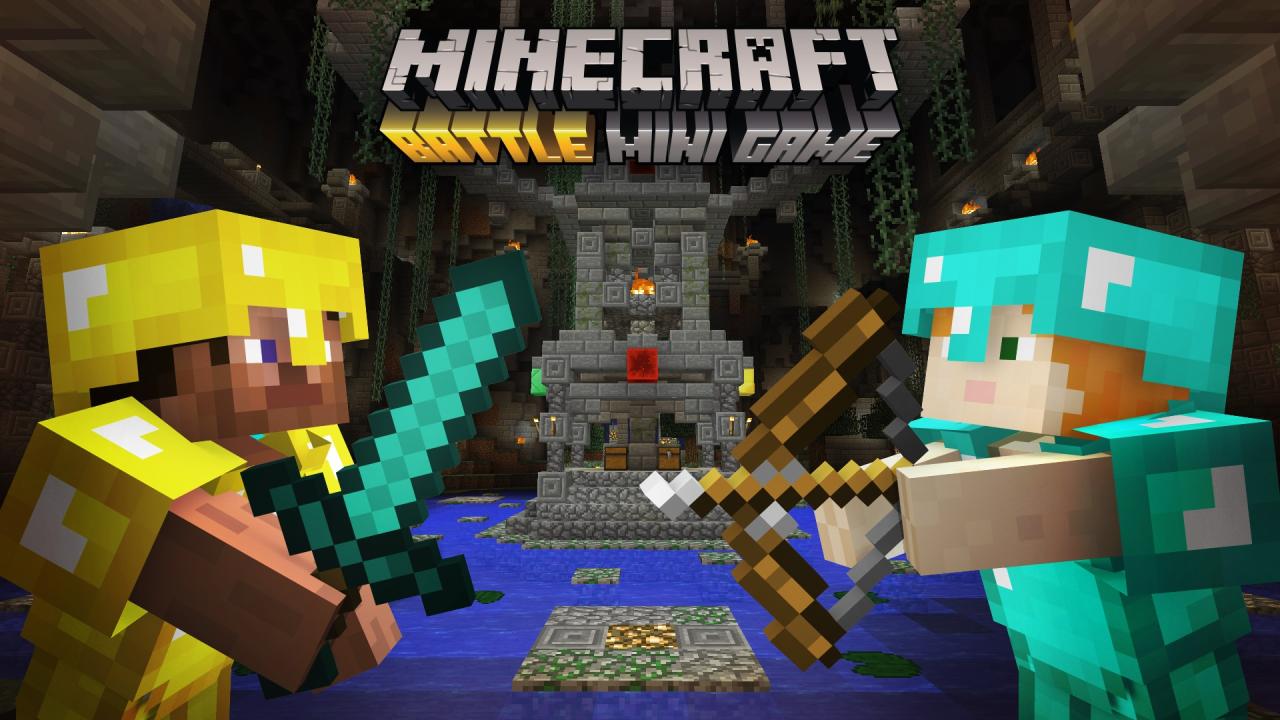The world of Minecraft is a boundless, procedurally generated landscape of blocky wonder, offering players an unparalleled degree of freedom to explore, build, and survive in an environment limited only by their imagination.
What appears on the surface to be a simple game of placing blocks quickly reveals itself to be a complex, deep, and often challenging survival simulation that demands clever resource management, strategic exploration, and mastery over intricate systems like farming, enchanting, and Redstone engineering.
From the terrifying scramble of your first night, where darkness brings monstrous threats, to the endgame goal of confronting inter-dimensional bosses, Minecraft is a unique journey of progression and discovery, inviting players of all ages and skill levels to carve out their own story in its endless digital wilderness.
Understanding the fundamental progression—from punching trees to mining diamonds and ultimately conquering The End—is crucial for any beginner hoping to transition from merely surviving to genuinely thriving and becoming a true master of this incredible, blocky universe.
This comprehensive guide will equip you with the knowledge needed to navigate the dangers, unlock the world’s powerful secrets, and leave your indelible mark on the limitless horizons of Minecraft.
The First Days: Essential Survival Steps

Your initial moments in a new Minecraft world are a critical race against time, requiring rapid resource acquisition before hostile mobs emerge at dusk.
A. Gathering Initial Wood
The very first thing you must do is punch trees to gather wood blocks.
Wood is the most fundamental resource, necessary for creating your first tools and a crafting table.
Chop down an entire tree until you have about 15-20 wood blocks to ensure you have enough starting material.
Mark your spawn point with a conspicuous dirt pillar or note its coordinates so you can easily return later.
B. Crafting Basic Tools
Immediately open your inventory and turn the raw wood into wood planks.
Use four planks to craft a Crafting Table, which unlocks the game’s expanded crafting interface.
Place the Crafting Table down and use it to craft Sticks, which form the handles of all your early tools.
Your first essential tool should be a Wooden Pickaxe, allowing you to finally break stone blocks.
C. Securing Stone and Shelter
Use your new Wooden Pickaxe to mine Cobblestone from the ground or a nearby cliff face.
Stone tools (Pickaxe, Sword, Axe) are significantly more durable and faster than their wooden counterparts, marking your first major upgrade.
As night approaches, quickly build a small, secure shelter, either by digging a hole into the side of a hill or constructing a simple square box out of dirt or stone.
Light up the interior of your shelter with Torches (made from coal or charcoal and sticks) to prevent mobs from spawning inside.
D. Finding Food and Safety
To set your spawn point and skip the night, you must craft a Bed, which requires three blocks of Wool and three wood planks.
The best way to get wool is by killing three sheep (or shearing them if you have iron shears, though unlikely on Day 1).
Kill other animals like pigs and cows for raw meat, which you must cook in a Furnace (made from eight cobblestone) before eating to restore maximum hunger and avoid food poisoning.
Never wander far on your first day; focus entirely on securing your immediate surroundings and achieving the ability to skip the night.
Exploration: Biomes, Resources, and Structures

The Minecraft world, or Overworld, is divided into diverse ecological regions called Biomes, each offering unique resources and challenges.
A. Understanding Biome Variety
Plains and Forest biomes are ideal starting locations, offering abundant wood, passive mobs (food/wool), and relatively flat terrain for building.
Taiga biomes are cold, coniferous forests characterized by spruce trees and often containing wolves and foxes.
Deserts and Badlands (Mesa) are harsh and dry, featuring unique blocks like red sand, colored clay, and exposed gold deposits, but they lack abundant wood and water.
Swamps are often wet, dark, and challenging, but they are the only place to find unique Slime mobs.
B. Mining for Essential Ores
Progression is gated by the quality of your tools, which is determined by the ores you mine deep underground.
Coal (used for fuel and torches) and Iron (used for durable tools, armor, and buckets) are the first essential metals you need.
Mining at deeper levels (typically below Y-level 16) is necessary to find Gold, Lapis Lazuli (for enchanting), and the incredibly valuable Diamonds.
The deepest level, near the bedrock, is where you find Ancient Debris, which is needed to craft the ultimate material: Netherite.
C. Generated Structures
The world contains various Generated Structures that offer valuable loot but often pose significant danger.
Villages offer friendly NPCs, trading opportunities, beds, and basic farming resources, making them prized discoveries.
Dungeons and Mineshafts are underground labyrinths filled with hostile mobs, but they contain chests with rare gear and resources.
Strongholds are extremely rare underground structures that contain the End Portal, your gateway to the final boss.
Powering Up: Enchanting and Potions
Once you establish a stable survival base, the next stage of mastery involves using experience and rare resources to gain powerful, magical advantages.
A. Crafting the Enchanting Table
Enchanting allows you to spend Experience Levels (gained from mining, killing mobs, and cooking) to imbue tools, weapons, and armor with powerful, passive effects.
You craft the Enchantment Table using two Diamonds, four Obsidian (mined from flowing lava with a Diamond Pickaxe), and one Book.
To unlock the highest-level enchantments, you must surround the table with up to 15 Bookshelves, spaced one block away from the table.
The desired enchantment (e.g., Protection IV, Sharpness V) appears randomly, requiring Lapis Lazuli and experience levels to select and apply.
B. The Art of Brewing Potions
Brewing is the process of creating consumable potions that grant temporary active buffs or debuffs.
The essential item is the Brewing Stand, crafted from one Blaze Rod (obtained from Blazes in the Nether) and three Cobblestone.
All potions start by brewing Nether Wart (found in Nether Fortresses) into a Water Bottle to create an Awkward Potion.
Specific ingredients are then added to the Awkward Potion to define its effect (e.g., Ghast Tear for Regeneration, Fermented Spider Eye for Weakness).
Redstone Dust can be added to extend a potion’s duration, while Glowstone Dust increases its potency.
C. Key Enchantments and Potions
The most powerful enchantments are often focused on maximizing efficiency and defense.
Efficiency V on a pickaxe allows you to instantly mine almost any block, saving immense time.
Protection IV armor provides maximum damage reduction against all types of attacks.
Potions of Invisibility are fantastic for stealth, while Potions of Healing offer instant restoration during intense fights.
Potions of Strength are essential for dealing extra damage against difficult bosses like the Wither.
Automation and Engineering: Redstone Basics
Redstone is the Minecraft equivalent of electricity, allowing players to create complex mechanical devices, automated farms, and defensive structures.
A. Redstone Dust and Signal Power
Redstone Dust is mined from Redstone Ore and is placed on the ground to act as the wiring that transmits power.
A Redstone signal only travels a maximum of 15 blocks before it dies out.
Power Sources include Levers, Buttons, Pressure Plates, and Redstone Blocks, which initiate the flow of energy.
A Redstone Torch acts as both a power source and a key component in complex logic circuits.
B. Controlling the Signal
The Redstone Repeater is a vital component with three main functions.
A. It extends the signal by another 15 blocks, reviving the power line.
B. It directs the signal flow in only one direction, preventing cross-circuit interference.
C. It delays the signal by one to four “ticks,” allowing for precise timing in complex contraptions.
The Redstone Comparator is used to check the contents of containers or compare the strength of two different Redstone signals, enabling advanced logic.
C. Mechanical Components
Pistons and Sticky Pistons are used to push and pull blocks, forming the moving parts of machines like automated doors and traps.
Dispensers and Droppers are containers that can be triggered by a Redstone pulse to launch items or dispense liquids.
Observers are a game-changer, detecting when a block in front of them changes state (e.g., when a piston moves) and generating a Redstone pulse in response.
Mastering these components allows for the creation of automated crop farms, secret hidden doors, and intricate clock circuits.
The Endgame: Boss Battles and Final Frontiers
The ultimate challenge in Minecraft survival mode involves traveling to other dimensions to defeat the game’s two main bosses.
A. Journeying to the Nether
The Nether is a fiery, desolate dimension reached by building a Nether Portal out of Obsidian and lighting it with Flint and Steel.
It is essential for endgame progression as it holds key resources like Nether Wart (for brewing) and the structures containing Blazes (for Brewing Stands).
The Nether also harbors hostile mobs like Ghasts and Wither Skeletons, the latter of which drops the essential skulls for summoning the Wither.
Navigating the Nether often requires a full suit of Gold Armor to avoid aggressive Piglin mobs.
B. Conquering The End
The End is the final frontier, a dark, desolate dimension accessed via the End Portal found within a Stronghold.
The portal is activated by placing Eyes of Ender into its framework, which requires Blazes Rods and Ender Pearls (dropped by Endermen).
The dimension is dominated by the Ender Dragon, the game’s primary boss, which must be defeated to fully complete the game.
The Dragon’s health is constantly regenerated by Ender Crystals scattered on towers, which must be destroyed first, usually with a Bow and Arrow.
C. Summoning the Wither
The Wither is the second, optional, and arguably more difficult boss, a powerful, floating three-headed skeleton.
It is summoned by placing four blocks of Soul Sand (found in the Nether) in a T-shape, and then placing three Wither Skeleton Skulls (a rare drop from Wither Skeletons) on top.
The Wither is infamous for its destructive explosive power and its status effect that rapidly drains the player’s health.
The best strategy involves fighting it underground in a confined space and using the Smite enchantment (which specializes in undead mobs) to maximize damage.
Conclusion
Minecraft offers an endless sandbox that cleverly blends basic survival with deep, complex engineering systems.
The first few days are crucial, demanding a rapid progression from punching wood to securing stone tools and a safe shelter.
Successful long-term survival hinges on mastering resource gathering across the game’s many distinct biomes.
The magical arts of enchanting and potion brewing provide essential, powerful buffs necessary for conquering high-level challenges.
Redstone engineering unlocks the potential for automation, complex logic, and revolutionary architectural contraptions.
The ultimate goal requires travel to the dangerous, resource-rich dimension of the Nether and the desolate realm of The End.
The true mastery of Minecraft is found in the relentless cycle of exploration, creation, and continuous innovation.







